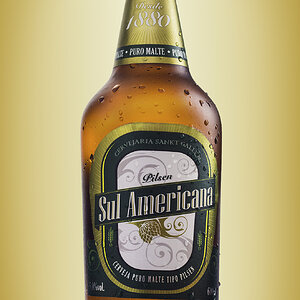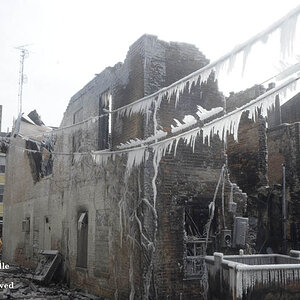gw2424
TPF Noob!
- Joined
- Sep 24, 2012
- Messages
- 566
- Reaction score
- 55
- Location
- Somewhere in Florida
- Can others edit my Photos
- Photos OK to edit
I am having quite a bit of trouble creating a successful black and white conversion.
--Are there any tips and tricks?
--I am editing in Picasa.
Thanks,
Gabe
--Are there any tips and tricks?
--I am editing in Picasa.
Thanks,
Gabe



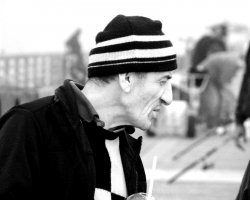
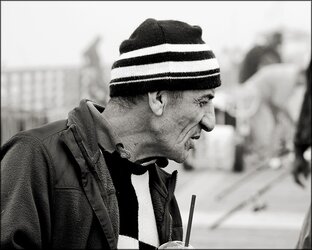


![[No title]](/data/xfmg/thumbnail/31/31748-63241c520f250328a5ec32959b8f53d0.jpg?1619734989)
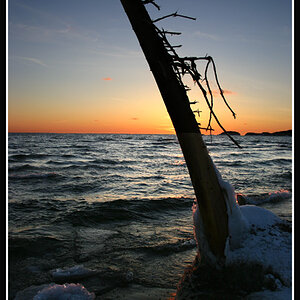
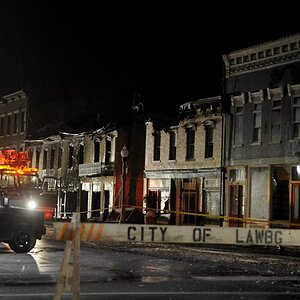
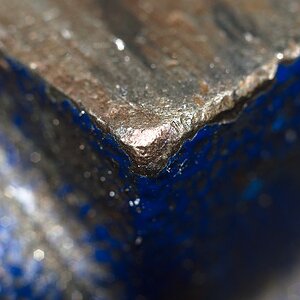
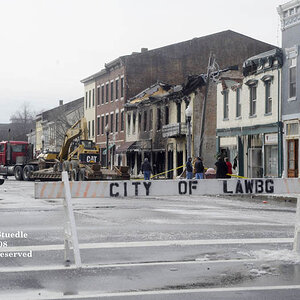
![[No title]](/data/xfmg/thumbnail/31/31092-7ba73f844ad8efedd3d5fd94799a866d.jpg?1619734609)
![[No title]](/data/xfmg/thumbnail/39/39480-e4e26ffe5c6148262ac81eff975a5c0e.jpg?1619739047)

